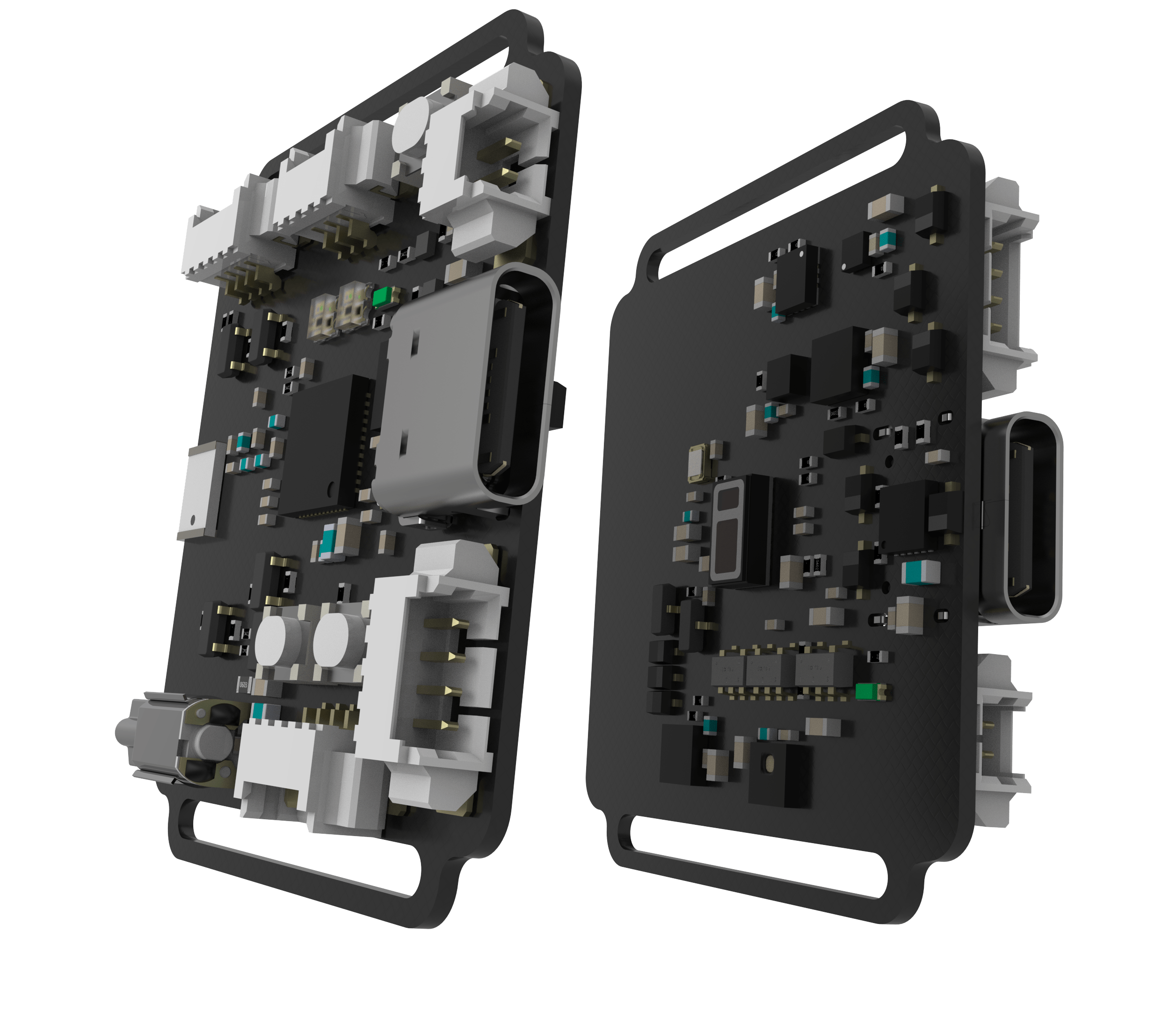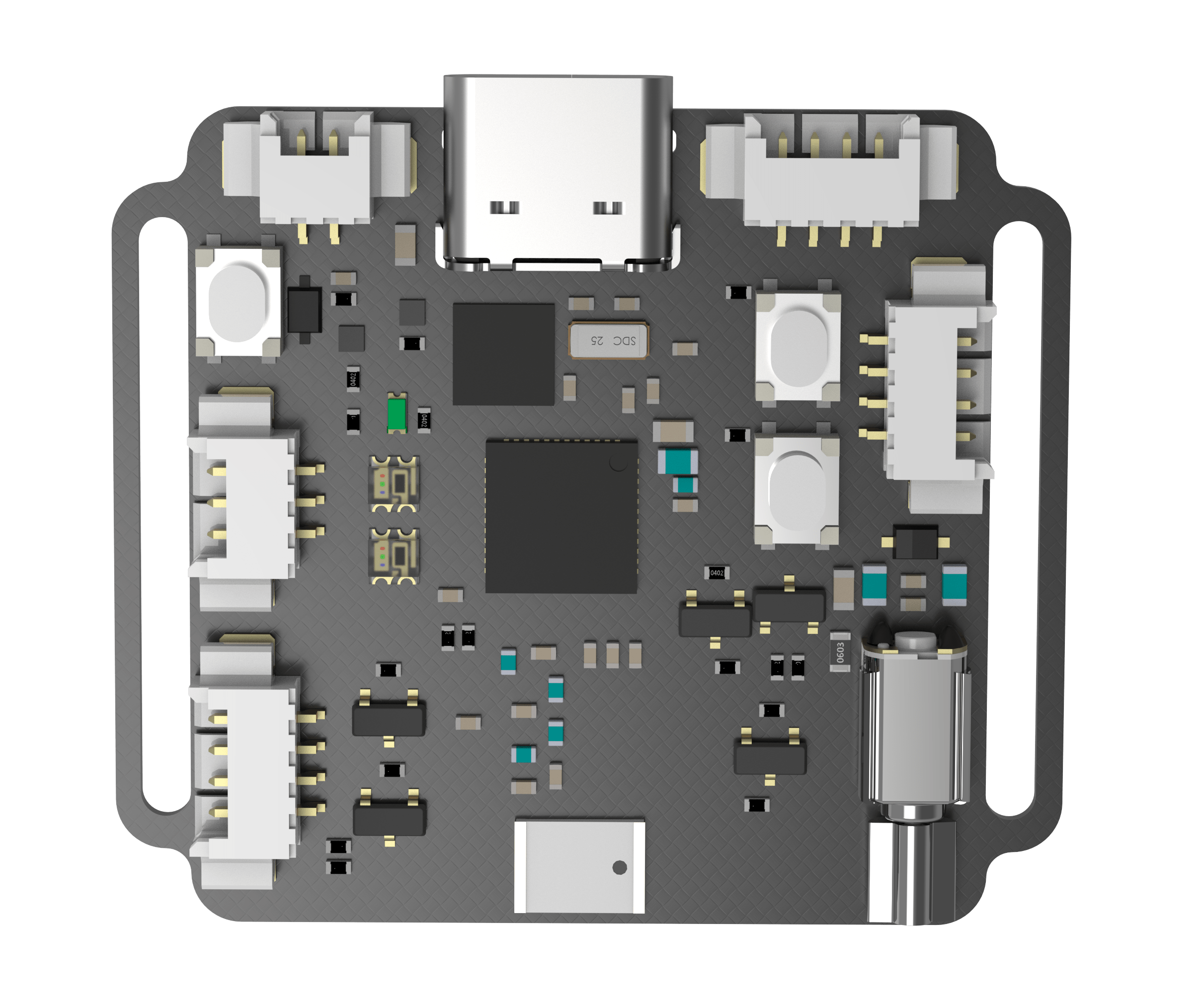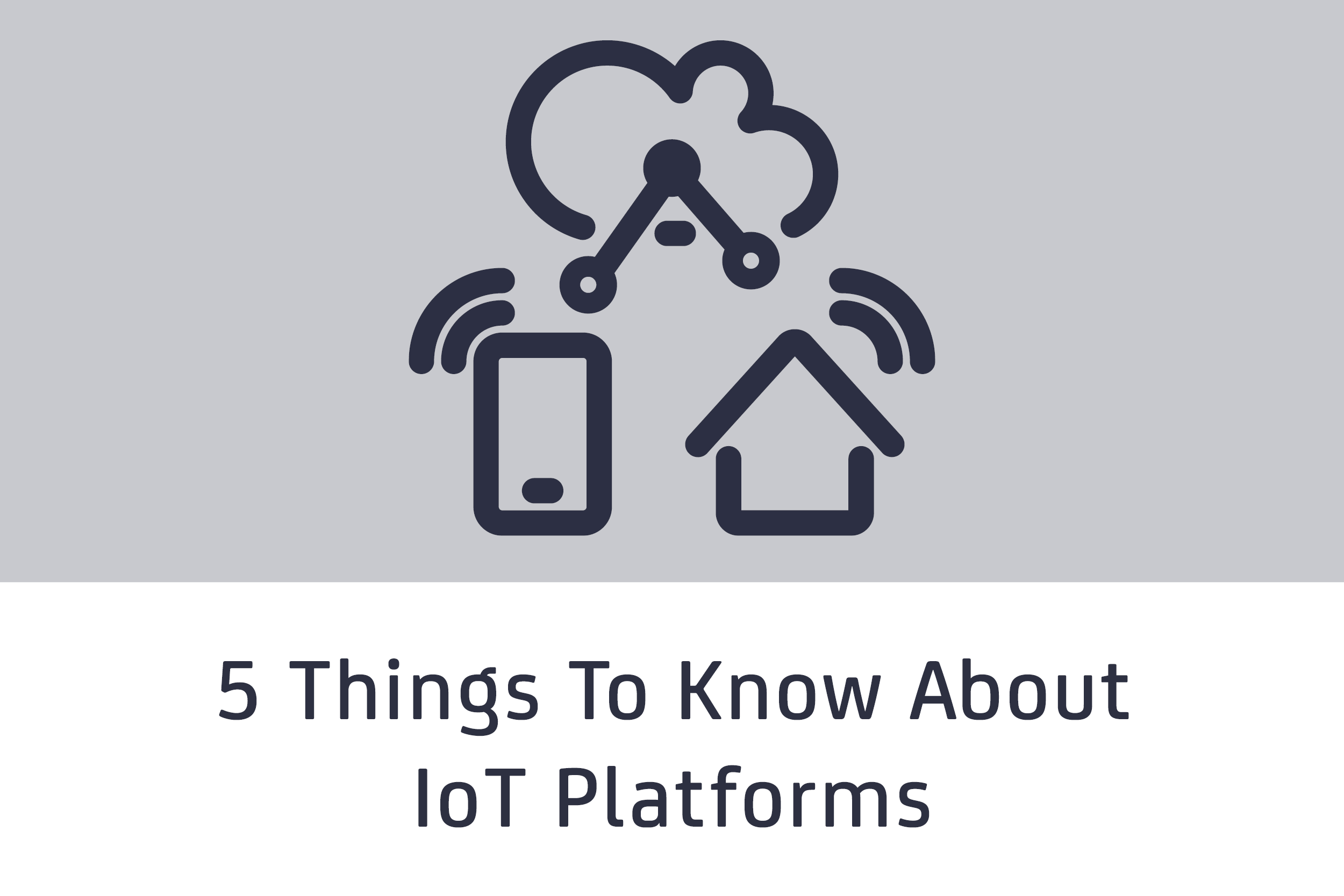SSH IoT Platform: The Ultimate Guide For Secure Connectivity
Imagine a world where your devices talk to each other without you needing to lift a finger. Sounds cool, right? But what happens when those conversations between devices get intercepted by hackers? That's where SSH IoT platform comes into play. It's not just some fancy tech term; it's the backbone of secure communication in the Internet of Things (IoT). In this guide, we'll dive deep into everything you need to know about SSH IoT platforms, how they work, why they matter, and how you can use them to protect your connected devices. So, buckle up and let's get started!
Nowadays, IoT is everywhere—from smart homes to industrial automation. But with great connectivity comes great responsibility. As more devices join the IoT ecosystem, security becomes a top priority. That's where SSH steps in, acting like a bodyguard for your data. It ensures that only authorized devices and users can access sensitive information, keeping the bad guys out.
Before we go any further, let's address the elephant in the room: why should you care about SSH IoT platforms? Well, if you've ever worried about someone hacking into your smart fridge or stealing data from your fitness tracker, this is your solution. SSH IoT platforms provide end-to-end encryption, authentication, and secure tunnels, making sure your devices stay safe and sound. Ready to learn more? Let's break it down piece by piece.
What is SSH IoT Platform Anyway?
SSH IoT platform is like a superhero for your connected devices. It uses the Secure Shell (SSH) protocol to create secure connections between IoT devices, servers, and users. Think of it as a fortified wall that keeps intruders out while letting trusted guests in. The SSH protocol has been around for decades, but its application in IoT is relatively new—and super important.
In simple terms, an SSH IoT platform ensures that data sent between devices is encrypted, so even if someone intercepts it, they won't be able to make sense of it. It also verifies the identity of devices and users, preventing unauthorized access. This is crucial in a world where billions of devices are connected to the internet, each with its own vulnerabilities.
How Does SSH Work in IoT?
SSH operates on a client-server model. Here's how it works in the IoT context:
- Authentication: Devices and users must prove their identity before accessing the network. This is usually done using public-key cryptography or passwords.
- Encryption: Once authenticated, all communication is encrypted, ensuring that data remains private and secure.
- Tunneling: SSH creates secure tunnels through which data can travel safely, even over unsecured networks.
This combination of features makes SSH a powerful tool for securing IoT environments. Whether you're managing a fleet of smart sensors or a network of industrial machines, SSH IoT platforms have got your back.
Why is SSH IoT Platform Important?
With the rapid growth of IoT, security concerns have become a major issue. According to a recent report by Gartner, the number of connected devices is expected to reach 25 billion by 2025. That's a lot of potential entry points for hackers! This is why SSH IoT platforms are more important than ever.
Here are some reasons why SSH IoT platforms are essential:
- Preventing Data Breaches: SSH encrypts data in transit, making it much harder for attackers to steal sensitive information.
- Ensuring Device Integrity: By verifying device identities, SSH prevents unauthorized devices from joining the network.
- Protecting Against Man-in-the-Middle Attacks: SSH's secure tunnels eliminate the risk of attackers intercepting and altering data.
In short, SSH IoT platforms are the unsung heroes of the IoT world, silently working behind the scenes to keep everything running smoothly and securely.
Common Misconceptions About SSH IoT Platforms
There are a few myths floating around about SSH IoT platforms that need to be addressed:
- SSH is Only for IT Pros: While SSH has its roots in IT, modern platforms have made it accessible to everyone, even those without advanced technical skills.
- SSH Slows Down Performance: Actually, SSH can improve performance by reducing the risk of attacks that could otherwise cripple your network.
- SSH is Only for Large Enterprises: Small businesses and individual users can benefit just as much from SSH IoT platforms as big corporations.
So, if you've been hesitating to adopt SSH because of these misconceptions, now's the time to reconsider!
Choosing the Right SSH IoT Platform
Not all SSH IoT platforms are created equal. When choosing one, there are several factors to consider:
- Scalability: Can the platform grow with your needs? You don't want to outgrow it in a year or two.
- Compatibility: Does it work with your existing devices and systems? Compatibility is key to seamless integration.
- Support: What kind of support does the platform offer? Look for platforms with robust documentation, community forums, and customer service.
Some popular SSH IoT platforms include:
- OpenSSH: A widely used open-source platform that offers basic SSH functionality.
- Tectia SSH: A commercial platform with advanced features like centralized management and compliance reporting.
- Bitvise SSH Server: A user-friendly platform that's great for beginners and small businesses.
Do your research and choose the platform that best fits your needs and budget. Remember, the right platform can make all the difference in securing your IoT ecosystem.
Implementing SSH IoT Platforms: A Step-by-Step Guide
Implementing an SSH IoT platform might seem daunting, but it's actually quite straightforward. Here's a step-by-step guide to get you started:
- Step 1: Assess Your Needs: Determine what you want to achieve with SSH. Are you securing a small home network or a large industrial system?
- Step 2: Choose a Platform: Based on your assessment, select an SSH IoT platform that meets your requirements.
- Step 3: Set Up Authentication: Configure authentication methods, such as public-key cryptography or passwords, to ensure only authorized users and devices can access the network.
- Step 4: Enable Encryption: Turn on encryption to protect data in transit. Most platforms offer this feature by default.
- Step 5: Test and Monitor: Test your setup thoroughly and monitor it regularly to ensure everything is working as expected.
By following these steps, you can set up an SSH IoT platform that's both secure and efficient. Don't forget to document your setup process for future reference!
Best Practices for Using SSH IoT Platforms
Once you've implemented an SSH IoT platform, it's important to follow best practices to maximize its effectiveness. Here are some tips:
- Regularly Update Keys: Rotate your SSH keys periodically to reduce the risk of compromise.
- Limit Access: Grant access only to those who need it. The fewer people with access, the lower the risk of unauthorized access.
- Monitor Logs: Keep an eye on your SSH logs for any suspicious activity. Early detection can prevent major security breaches.
Remember, security is an ongoing process, not a one-time event. Stay vigilant and adapt to new threats as they emerge.
Common Challenges in SSH IoT Implementation
While SSH IoT platforms offer many benefits, there are some challenges to be aware of:
- Complexity: Setting up SSH can be complex, especially for those without technical expertise.
- Resource Constraints: Some devices may not have the processing power or memory to handle SSH encryption.
- Key Management: Managing SSH keys can be a headache, especially in large networks with many devices.
Fortunately, many SSH IoT platforms offer tools and features to help overcome these challenges. Don't let them deter you from implementing SSH in your IoT environment!
SSH IoT Platforms in Real-World Applications
SSH IoT platforms are already being used in a variety of industries to secure connected devices. Here are a few examples:
- Healthcare: SSH is used to secure medical devices, ensuring patient data remains confidential and secure.
- Manufacturing: In industrial settings, SSH protects sensitive machinery and automation systems from cyberattacks.
- Smart Cities: SSH ensures secure communication between smart traffic lights, surveillance cameras, and other urban infrastructure.
These real-world applications demonstrate the versatility and importance of SSH IoT platforms across different sectors.
Future Trends in SSH IoT Platforms
The future of SSH IoT platforms looks bright. Here are some trends to watch out for:
- Quantum-Resistant Encryption: As quantum computing becomes more prevalent, SSH platforms will need to adapt by offering quantum-resistant encryption methods.
- AI-Driven Security: AI and machine learning will play a bigger role in detecting and responding to security threats in real-time.
- Edge Computing Integration: SSH will increasingly be used in edge computing environments, where data is processed closer to the source.
Stay tuned for these exciting developments as SSH IoT platforms continue to evolve and improve.
Conclusion: Take Action Now!
We've covered a lot of ground in this guide, from the basics of SSH IoT platforms to their real-world applications and future trends. The key takeaway is that SSH IoT platforms are essential for securing your connected devices and protecting your data. Don't wait until it's too late—implement SSH today and enjoy the peace of mind that comes with knowing your devices are safe.
So, what are you waiting for? Leave a comment below and let us know how you plan to use SSH in your IoT setup. Share this article with your friends and colleagues who might find it useful. And don't forget to check out our other guides for more tips and tricks on IoT security. Together, we can make the IoT world a safer place for everyone!
Table of Contents
- What is SSH IoT Platform Anyway?
- How Does SSH Work in IoT?
- Why is SSH IoT Platform Important?
- Common Misconceptions About SSH IoT Platforms
- Choosing the Right SSH IoT Platform
- Implementing SSH IoT Platforms: A Step-by-Step Guide
- Best Practices for Using SSH IoT Platforms
- Common Challenges in SSH IoT Implementation
- SSH IoT Platforms in Real-World Applications
- Future Trends in SSH IoT Platforms

IoT Platform For Wearables — AJProTech

IoT Platform For Wearables — AJProTech

5 Things To Know About The IoT Platform Ecosystem